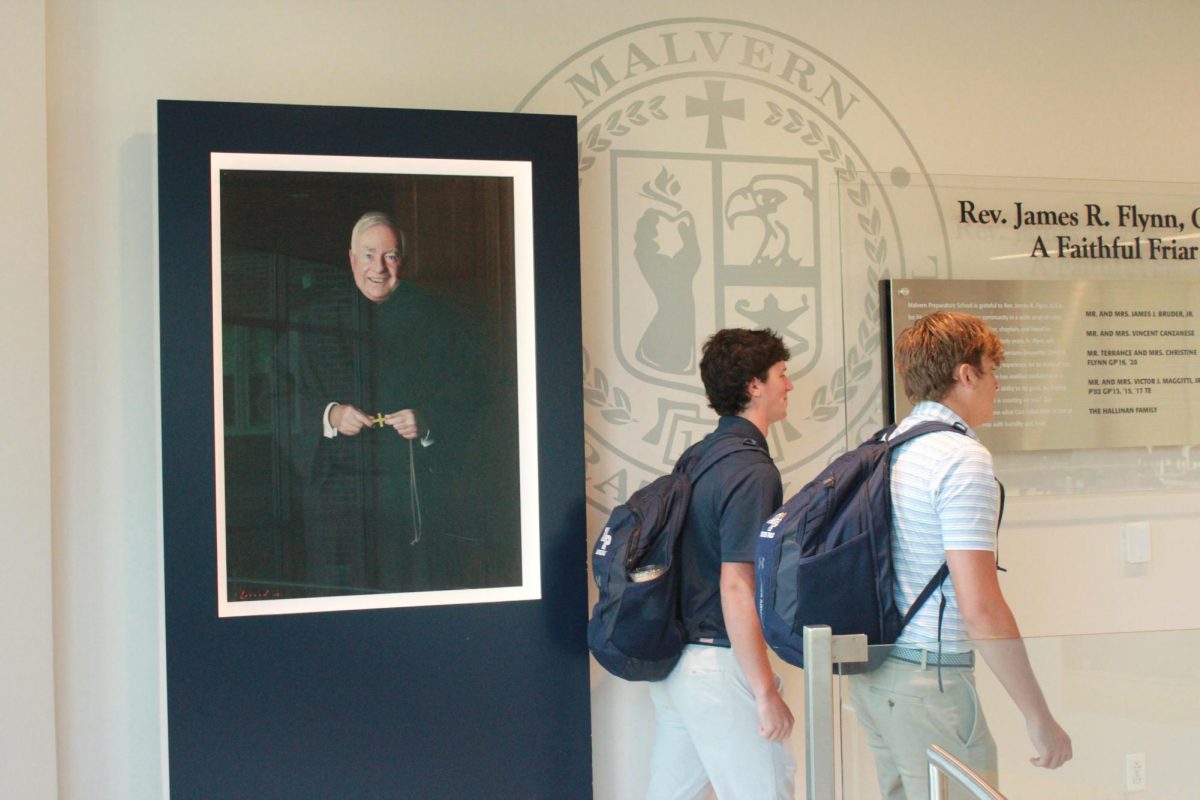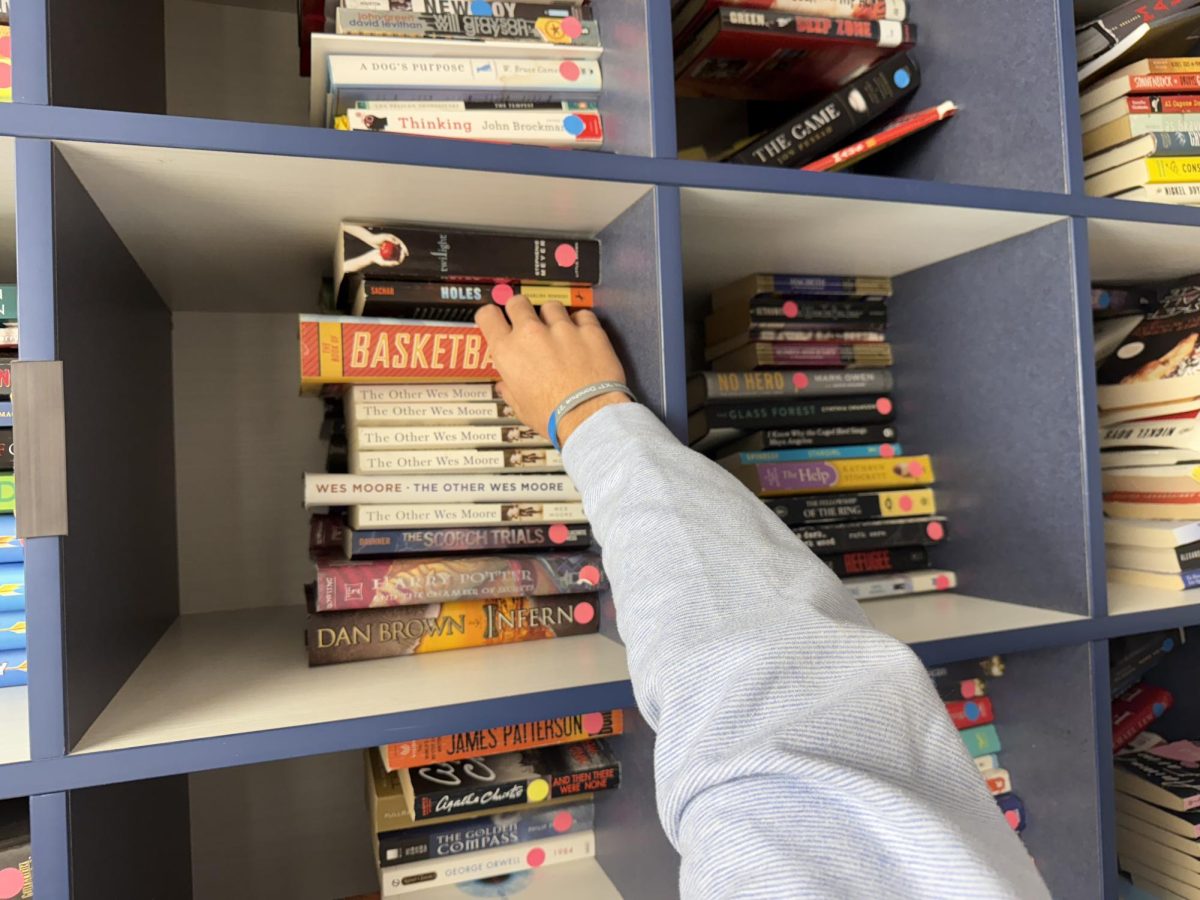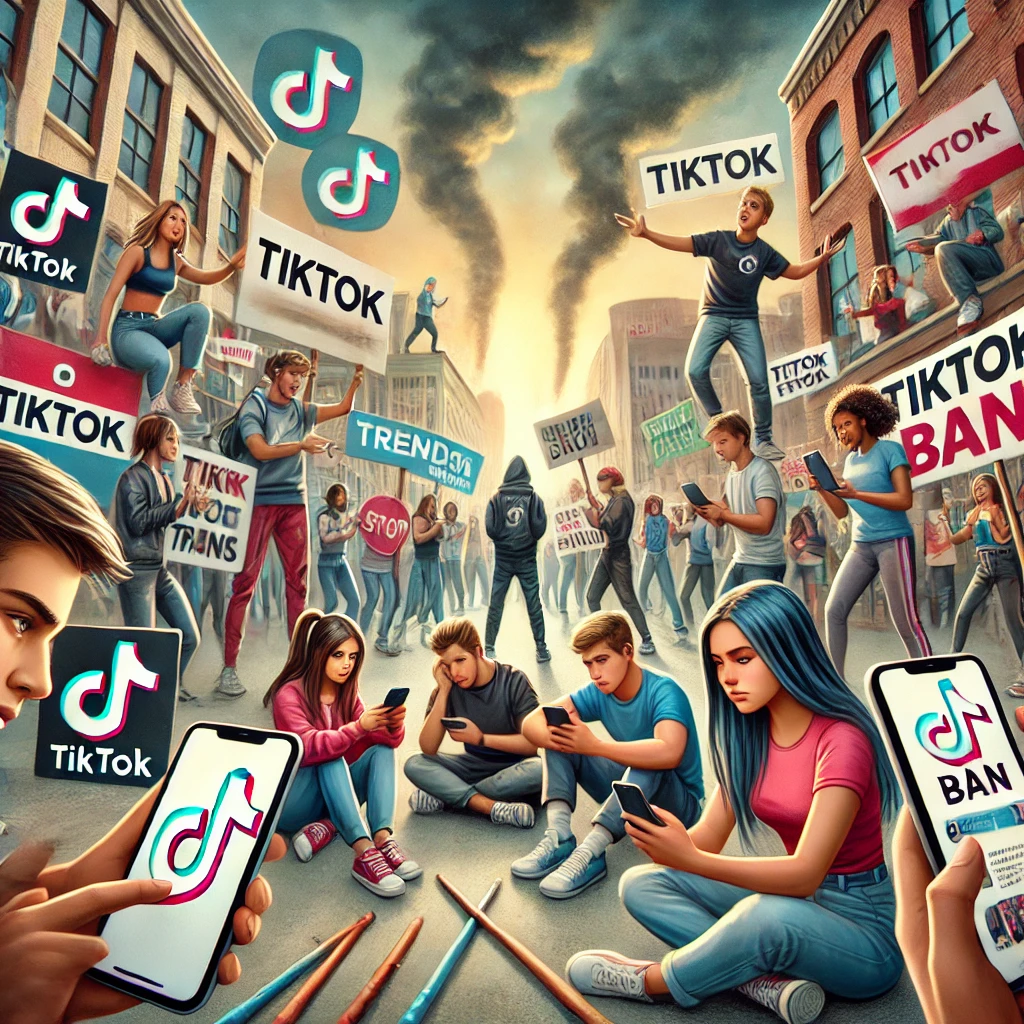Culture will determine the future of Malvern.

The more I heard about what goes on in Good Counsel and the Mod Space, the more confused I got. I decided I had to experience it for myself.
When I told some of my friends that I was playing on being an eighth grader for the day, some of them said that the middle school is worse now than when they went there. This isn’t the first time I’d heard this, and I wanted to keep an eye open and hear what the current middle schoolers thought.
While I was among the middle schoolers, one seventh grader them asked me if I was a lifer and I told him I went somewhere else for grade school. He told me Malvern’s middle school has significantly improved since the time I was in middle school.
I thought about the conflicting opinion of my high school peers and the seventh grader throughout the day trying to think about why their opinions were so different. The answer was culture.
If the upper school education is project based and student centered, the middle school takes it to the next level. But a larger portion of the middle schoolers buy into it because that is the only Malvern they have ever known.
As a senior, I have had an interesting window in the progress of Malvern. When I arrived on my first day of school in 2013, I didn’t have a modified block schedule. I heard stories about when Mr. Talbot infamously got rid of sugared soda and students held sit-ins and started an underground soda market.
There was an intrinsic nature of questioning authority in the Malvern high school culture of 2013. I didn’t see that in the middle school.
The cause of this is the middle schoolers’ lack of an alternative Malvern experience and their amount of independence.
I started the day with “Experiential Learning Block” or “EL Block” which was a 45 minute block of time in which student can basically choose what they do. I talked to students who were studying and doing homework. Others had band or NBA Fantasy analysis or other clubs. I was impressed by middle schoolers already diving into some of their interests. It didn’t matter that it was labeled experiential, they just enjoyed it.
Side note: I found it extremely ironic that the upper school moved community time to the afternoon because students do homework in the morning during community time rather than at home, yet the middle school has a block of free time first thing in the morning. I would really appreciate a first period EL Block.
If you thought EL Block was a lot of free time, there’s more. Right after EL Block was break. On top of that they have a 45 minute Community Time in the afternoon.
Throughout these free times and projects, there was a spirit of independence that comes from the free time.
Apart from that, everything seemed relatively standard. The Mod Space is pretty weird and has the odd stools with a round bottom so you’re always moving and many other confusing chairs too.
The classes I went to were mostly normal too, except they only have four per day and some things are combined. First period, I had humanities which was half English and half History. They each functioned as a full length class, but there’s only one grade for a combination of English and history. After humanities, I had theology and Spanish which weren’t too different from classes I took in the upper school.
They also have other strange classes like Feedback Block — in which students, teachers, and administrators give feedback to each other — and SEED, which is diversity and sensitivity training. I didn’t get to sit in either of these but I imagine that they contribute to the cultural difference.
It’s fair to say that the middle school overall is different. Through things like the academy model, the upper school will probably become a lot more like the middle school. I don’t think it’s fair to say, “Malvern is going downhill” as I’ve heard some of my peers say. The future of Malvern is different and for that to work the culture of the student body will have to change.
A great example of this is in my Social Entrepreneurship class. In it, students are divided into teams and have to create a solution to a problem of their choice. The class is student centered and project based, a lot like the middle school.
I have seen many students struggle in the class, including my team, because it’s so different than everything else we have experience at Malvern. Going from a teacher telling students what to do to students telling themselves and teachers what to do is a radical shift. School policies can change quickly but students’ mindsets cannot.
Increased independence and critical thinking are great skills to instill in middle schoolers and high schoolers. Those are the things that set apart students, employees, and leaders apart.
As Malvern’s policies change, so will the culture. But the school must do everything it can to facilitate that by fostering independence in students. Recent changes like moving Community Time to the afternoon and converting the Maker Lab did the opposite of this. Administrators must always be mindful of the culture.












